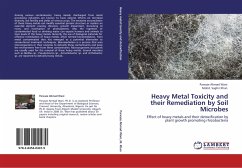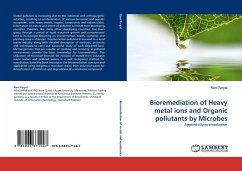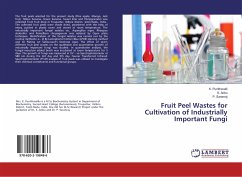Due to rapid industrialization and non judicious use of pesticides and herbicides, heavy metal pollution has tremendously increased, particularly in the area where large industrial processing units are situated and in the agricultural sector. Mercury is generally considered to be one of the most toxic metals found in the environment. Major sources of mercury wastes are the gold mining, agriculture and industries like paint, pulp, and paper, chloralkali, electrical, fertilizers, pharmaceutical and battery manufacturing. after their disposal. It is assumed that 50 % of Hg is released from products like clinical thermometers, fluorescence lamps, metal switches, batteries, pesticides, certain pharmaceutical drugs and other agricultural products. Adsorption or accumulation of heavy metals by microorganisms has received much attention recently due to its potential use in waste treatment processes involving removal of heavy metal pollutants from a contaminated environment.








